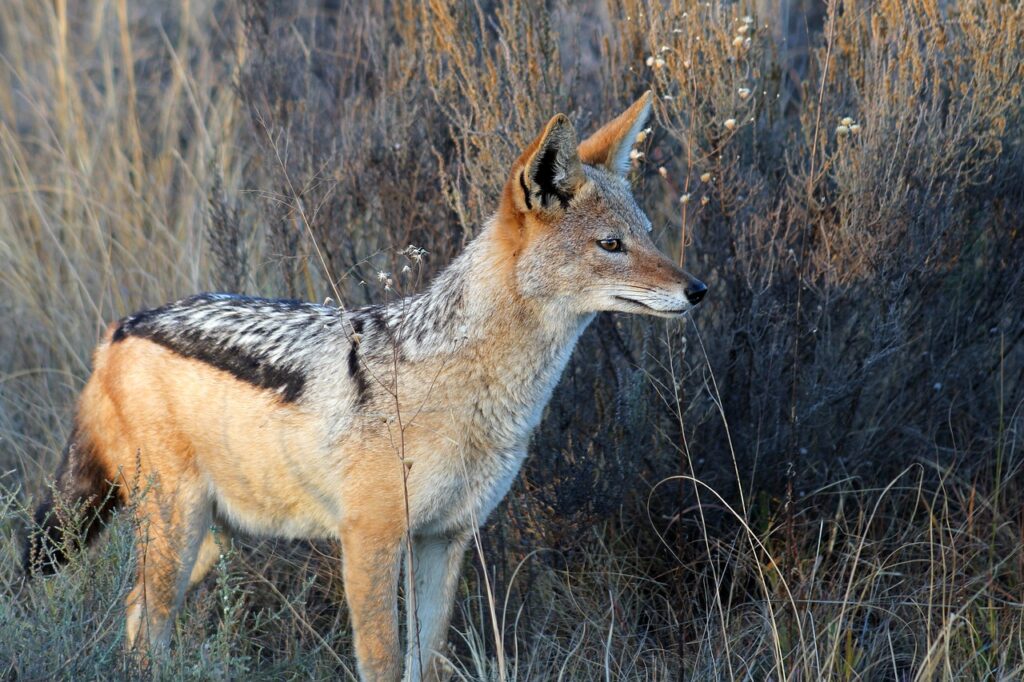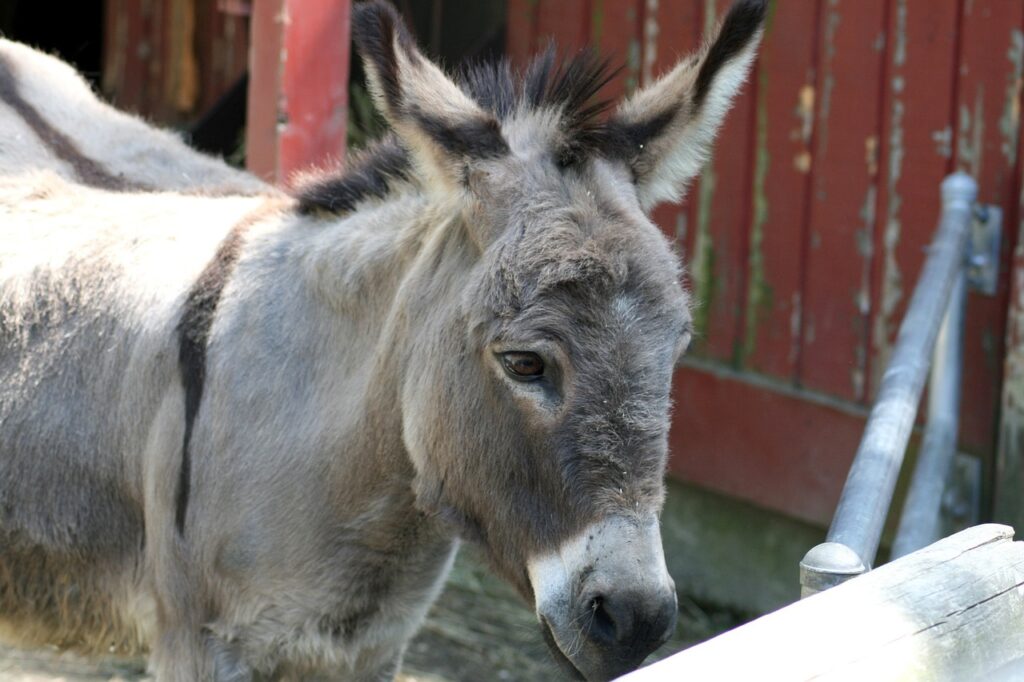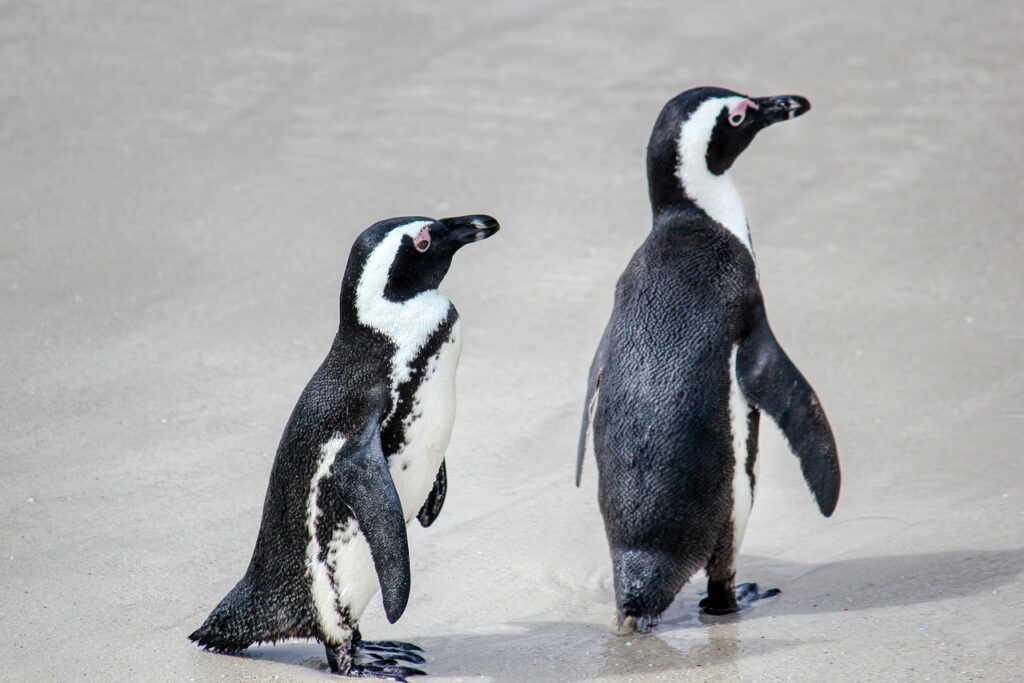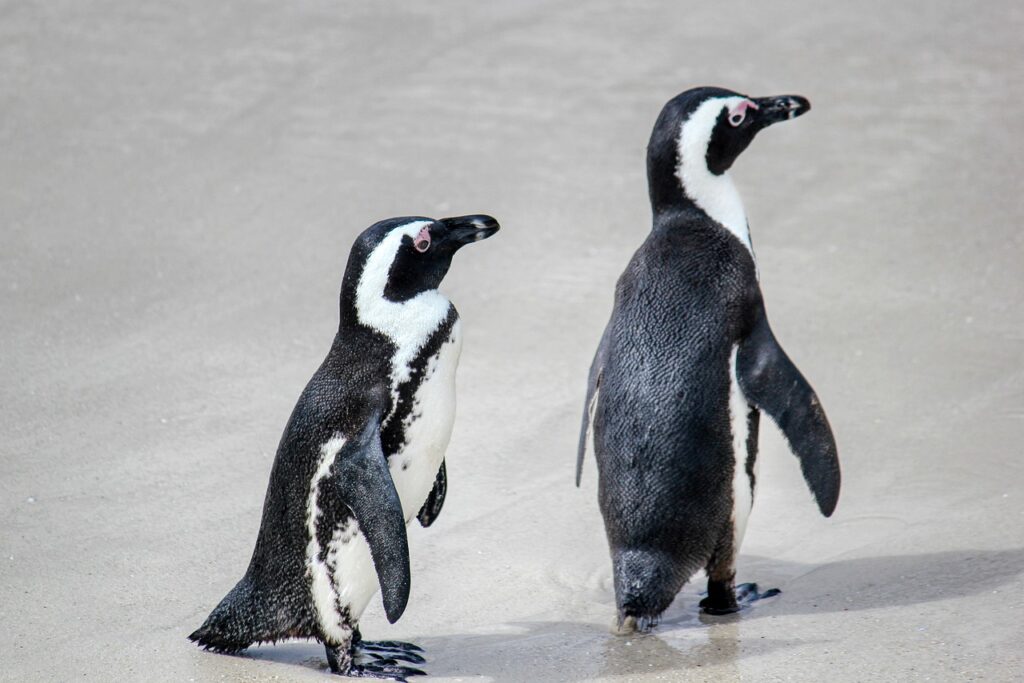It’s always hard to find a name for a pet, but fortunately, some come with one already in mind. Here are 9 animals who have “Jack” in their names. However, most of them aren’t cut out for domestic life.
Jackrabbit

Despite their name, these members of the Lepus genus are hares. They are larger than rabbits and live above ground rather than in burrows. As such, they are precocial and able to fend for themselves soon after birth, unlike rabbits born blind, hairless, and dependent on their mothers.
Jackrabbits use their powerful legs to run swiftly, anywhere from 35 to 40 miles per hour at top speed. Their large ears help them release body heat and keep cool.
Jackrabbits are generally timid, but become very aggressive in the spring mating season. Males chase and box with each other to establish dominance. This “spring frenzy” is the origin of the term “mad as a March hare.”
Jack Russel terrier

The Jack Russel was bred for fox hunting by Rev. John Russel, for whom the breed is named. They are highly energetic working dogs who need a lot of exercise. Without proper stimulation, they become moody and even destructive. Jack Russels are best suited for farms or homes with big backyards that can run freely; those living in apartments or condominiums will need a rigorous exercise regimen.
Like most purebreds, Jack Russel terriers can suffer from many hereditary diseases, such as eye disorders, congenital deafness and musculoskeletal conditions.
Jackal

The jackal is an omnivorous, crepuscular animal found in Sub-Saharan Africa and South-Central Eurasia.
A type of wild dog, jackals are opportunist hunters and scavengers, feeding on small mammals, birds, reptiles, and carrion left behind by larger predators. They are built for long-distance running and can maintain a speed of 10 miles per hour for an extended period.
Jackals mostly hunt alone or in pairs, but they will occasionally form packs to scavenge large carcasses.
Jackass

Jackass is the common name for a male donkey, a member of the genus Equus and the species asinus. There are over 85 million of these herbivores around the world, most of them in developing countries where they are domesticated and work as pack animals, though wild populations do exist.
Donkeys are adapted to dry, desert environments, using their large ears to keep cool and listen for incoming predators and other donkeys. Scientists theorize that their loud braying to keep in contact with each other over long distances.
The donkey’s trademark stubbornness comes from having stronger prey instincts and less rapport with humans than horses, making it much more difficult to scare or force a donkey into doing something it doesn’t want to do compared to other domesticated animals.
Jackass penguin

Officially known as African penguins, or Spheniscus demersus, these flightless birds are colloquial as jackass penguins after their loud, braying call similar to donkey. They are native to the coast of South Africa and Nambia, where they dive for fish and squid.
They are distinguished from other, Antarctic species of penguin by pink glands above the eyes that help regulate their temperature. Blood flows to the glands when the weather turns warm, so the breeze may cool them.
African penguins face several ecological threats and are listed as endangered species. In addition to local predators, penguin eggs were sold as a delicacy until the 1970s, and egg hunters decimated the penguin population. They are also threatened by oil spills and competition from commercial fisheries.
Jack-knife fish

Also called a donkey fish, the jack-knifefish are members of the family Sciaenidae. They are native to the western Atlantic Ocean, along the east coast of the Americas. Their habitat spans from the Carolinas to Brazil and the Caribbean.
They can grow to nearly 1 foot long and are distinguished by their tall dorsal fins, similar to angelfish. Jack-knifefish lives near coastal reefs and feed on small invertebrates.
Jack snipe

Jack snipes or jacksnipes are the smallest species of a family of wading birds called snipes. They are the only member of the genus Lymnocryptes and belong to the species minima.
Jack snipes wade into wet mud and marshlands and uses their long bills to forage for incest larvae, snails, and small crustaceans. As their species name implies, they’re very small, with a wingspan of only 12 – 16 inches and a weight of only 1 – 2 ounces.
Jack snipes are migratory birds. During their breeding season, they reside in northern Europe and Russia, then fly south for the winter, sometimes as far as India and Africa.
Jackfish

Jackfish is the common name for a family of fast-swimming predator fish called Carangidae. They hunt over reefs in the open sea, and even dig through the ocean floor. They cover a wide range and are found in the Atlantic, Pacific, and Indian oceans.
Jackfish are ray-finned, which means their fins are supported by bones rather than cartilage. They come in a wide variety of sizes, depending on the species, but most grow anywhere between 1 to 3 feet long.
Some species, like the Pacific jack mackerel, are important in the game and commercial fishing.
Yellowjacket

In North America, several predatory social wasp species are known as yellow jackets (sometimes written as yellowjackets). They are named for their distinctive yellow and black markings, though some bear red and yellow markings instead. Though humans often fear them for their aggression, yellow jackets feed on many common farm pests, making them essential to agriculture.
Like bees, yellow jackets live in colonies with strict social structures. Queens lay eggs and care for newly-hatched larvae while workers hunt for food. Male drones primarily serve to mate with queens and die soon after.
Yellow jackets sting many times like most wasps, though they sometimes lose their barbed stingers.

